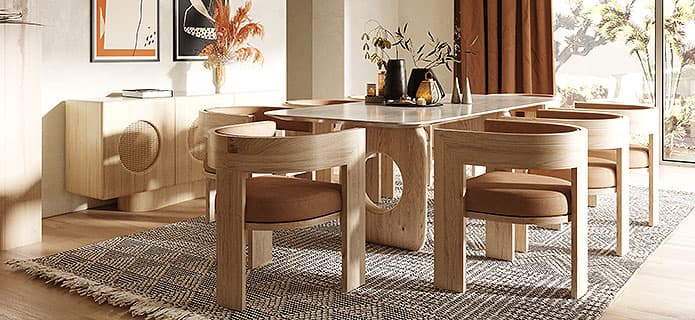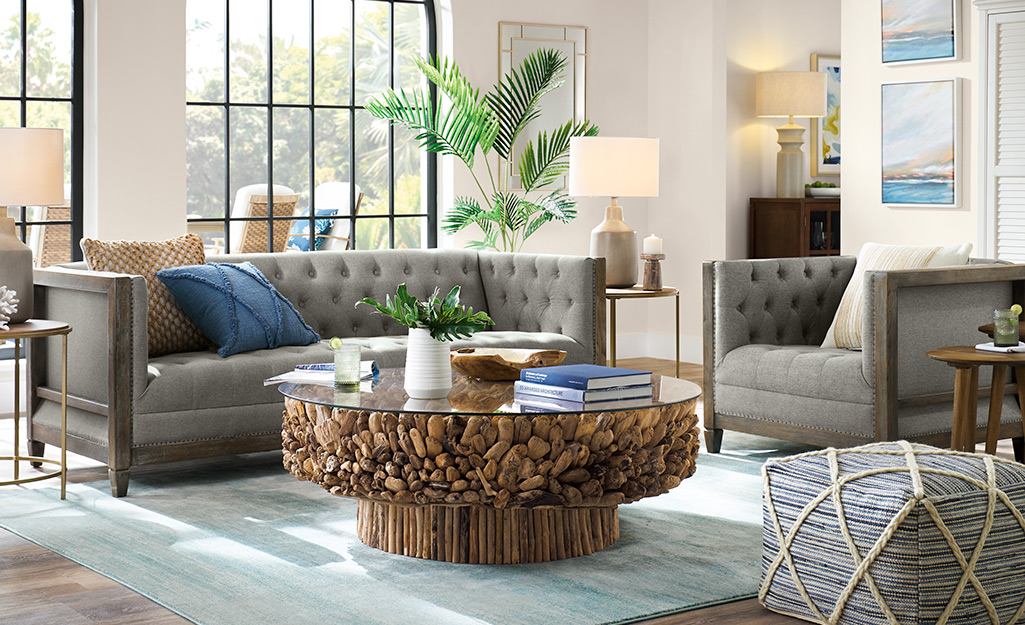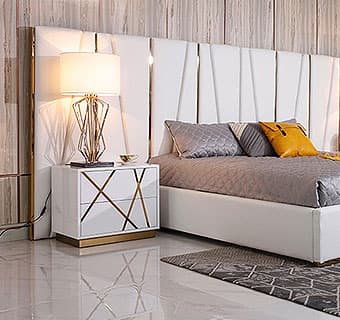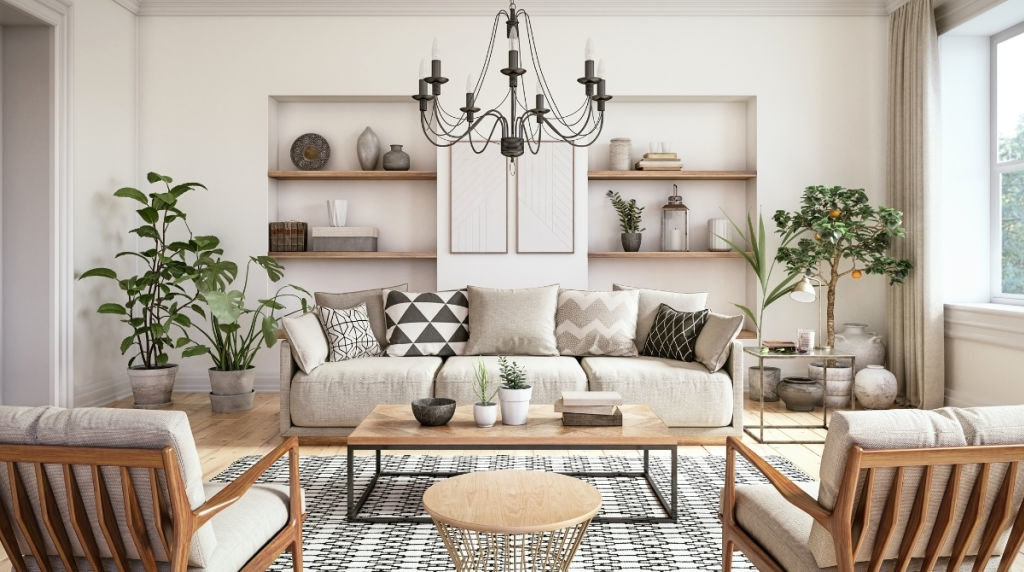Title: Choosing the Right Furniture: A Guide to Finding Pieces That Fit Your Style and Space
Introduction:
Selecting furniture for your home is an important decision that involves balancing functionality, style, and space considerations. Whether you’re furnishing a new home or updating your existing space, finding the right pieces that reflect your personal style and fit seamlessly into your living environment is essential. This guide provides practical tips and advice to help you choose furniture that enhances your home’s aesthetic appeal while maximizing comfort and functionality.
1. **Assess Your Needs and Lifestyle**:
– Before shopping for furniture, assess your lifestyle, preferences, and specific needs. Consider factors such as:
– Family size: How many people will be using the furniture on a regular basis?
– Lifestyle: Do you have young children or pets that may affect your choice of furniture materials and styles?
– Activities: How do you typically use each room in your home, and what furniture pieces are essential for those activities?
2. **Define Your Style Preferences**:
– Determine your preferred interior design style to guide your furniture selection process. Whether you’re drawn to modern minimalism, rustic farmhouse, traditional elegance, or eclectic bohemian, identifying your style preferences will help you narrow down furniture options and create a cohesive look throughout your home.
3. **Consider Scale and Proportion**:
– Pay attention to the scale and proportion of furniture pieces relative to your room size and layout. Choose furniture that fits comfortably within the space without overwhelming or overcrowding the room. Consider factors such as ceiling height, doorways, windows, and architectural features when selecting furniture dimensions.
4. **Maximize Functionality and Flexibility**:
– Prioritize functionality and flexibility when choosing furniture pieces that serve multiple purposes and adapt to your changing needs. Look for multifunctional furniture such as sofa beds, extendable dining tables, and storage ottomans that maximize space efficiency and versatility.
5. **Focus on Quality and Durability**:
– Invest in high-quality furniture pieces that are built to last and withstand daily use. Choose furniture made from durable materials such as hardwood, metal, or high-quality upholstery fabrics that resist wear and tear. Inspect construction details such as joinery, hardware, and upholstery stitching for signs of quality craftsmanship.
6. **Select Timeless Pieces with Longevity**:
– Opt for timeless furniture designs that have enduring appeal and complement a variety of decor styles. Avoid trendy or overly stylized pieces that may quickly go out of fashion. Choose classic furniture silhouettes, neutral colors, and versatile finishes that stand the test of time and allow for easy updates with accessories.
7. **Measure Your Space Carefully**:
– Take accurate measurements of your room dimensions, doorways, hallways, and any obstacles that may affect furniture placement and maneuverability. Use a tape measure or smartphone app to record precise measurements and create a scaled floor plan to visualize furniture arrangements before making purchases.
8. **Mix and Match for Visual Interest**:
– Create visual interest and personality in your space by mixing and matching furniture styles, materials, and finishes. Experiment with different combinations of textures, colors, and patterns to add depth and dimension to your room. Incorporate statement pieces or accent furniture to inject personality and character into your space.
9. **Consider Comfort and Ergonomics**:
– Prioritize comfort and ergonomics when selecting furniture pieces that you’ll be using for extended periods. Test furniture for comfort by sitting, reclining, or lying down to assess cushioning, support, and ergonomics. Choose ergonomic seating with proper lumbar support and adjustable features for optimal comfort and posture.
10. **Shop Wisely and Budget Accordingly**:
– Research furniture retailers, brands, and online marketplaces to find quality furniture at various price points. Set a realistic budget based on your needs, preferences, and room size, and allocate funds accordingly. Look for sales, promotions, and clearance deals to stretch your budget further without compromising on quality.
Conclusion:
Choosing the right furniture for your home is a process that requires careful consideration of style, space, functionality, and budget. By assessing your needs and lifestyle, defining your style preferences, considering scale and proportion, maximizing functionality and flexibility, focusing on quality and durability, selecting timeless pieces, measuring your space carefully, mixing and matching for visual interest, prioritizing comfort and ergonomics, and shopping wisely, you can find furniture pieces that fit your style and space while enhancing comfort and functionality in your home. Let this guide serve as your roadmap to creating a well-designed and inviting living environment that reflects your personality and lifestyle.



